PART I - Scott Olsen“I DIDN'T REALIZE HOW BAD IT WAS.”
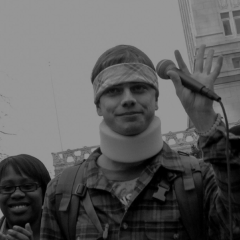
Shot in the head by police firing bean-bag rounds at demonstrators, this veteran awoke from a coma, returned to protesting, and became a symbol to the Occupy movement. Ten years later, he represents a life shattered by the misuse of less-lethal munitions.
READ PART IPART II - Andre MillerWhat is a rubber bullet?

Less-lethal munitions come in all shapes and sizes and can leave behind devastating wounds. Victims of KIPs often don’t know what hit them, unless — like this Black Lives Matter protester — there’s shrapnel left behind.
READ PART IIPART III - Richard MooreThe original rubber bullet
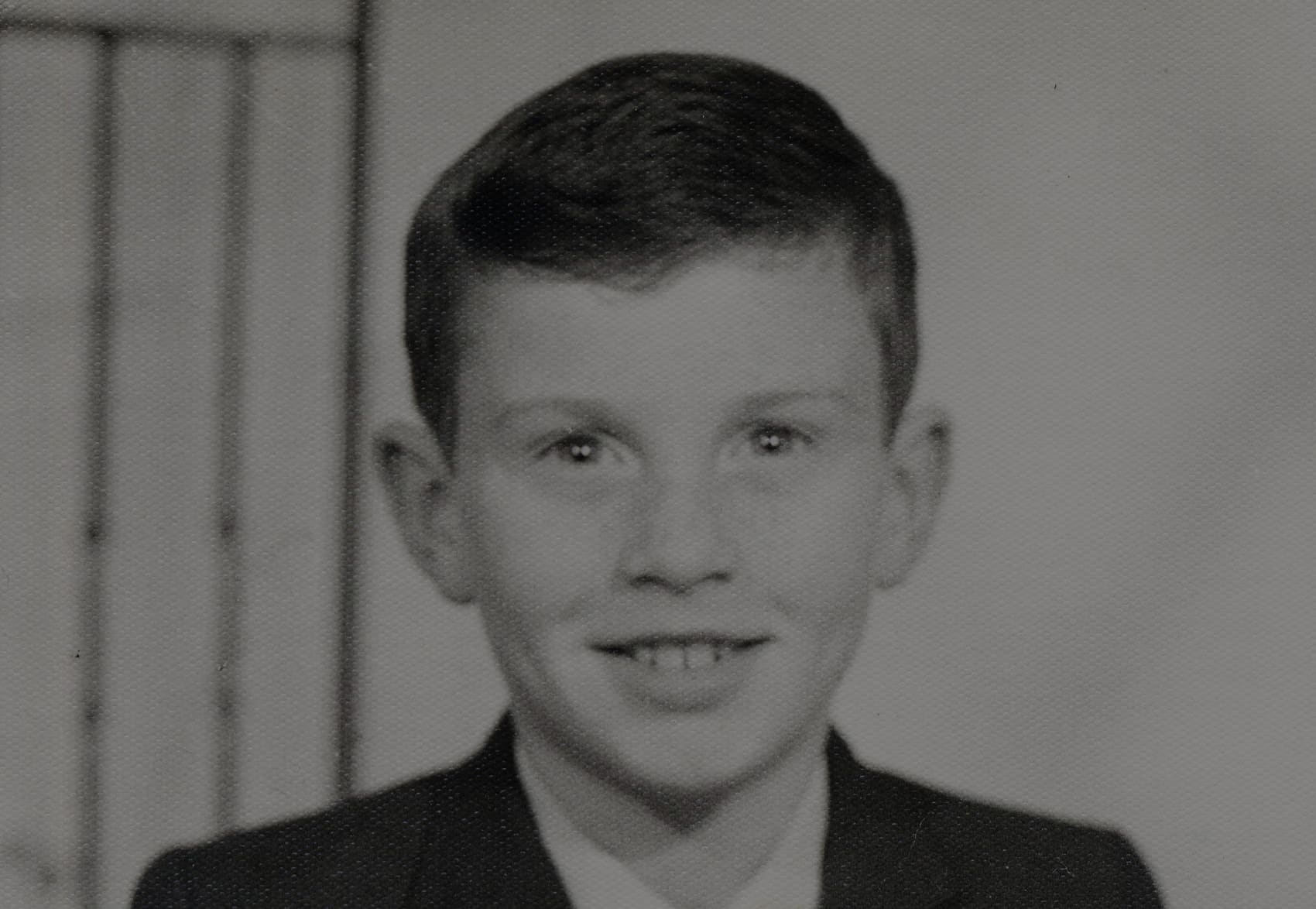
This 10-year-old from Derry, Northern Ireland was shot in the face with a rubber bullet while running home from school, an attack that blinded him for life. In the decades since, the U.K. has turned away from less-lethal munitions while U.S. law enforcement has increasingly embraced them. Why?
READ PART IIIPART IV - Victoria SnelgroveWhen Things Go Wrong

Everyone knew if the Red Sox ever beat the Yankees, Boston would burst. But what actually happened when they finally won exceeded people's worst fears. How a euphoric riot, a lack of police training, and an untested less-lethal weapon left a woman dead and city leaders seeking answers.
READ PART IVPART V - Linda TiradoThe Injustice of Suing the Police
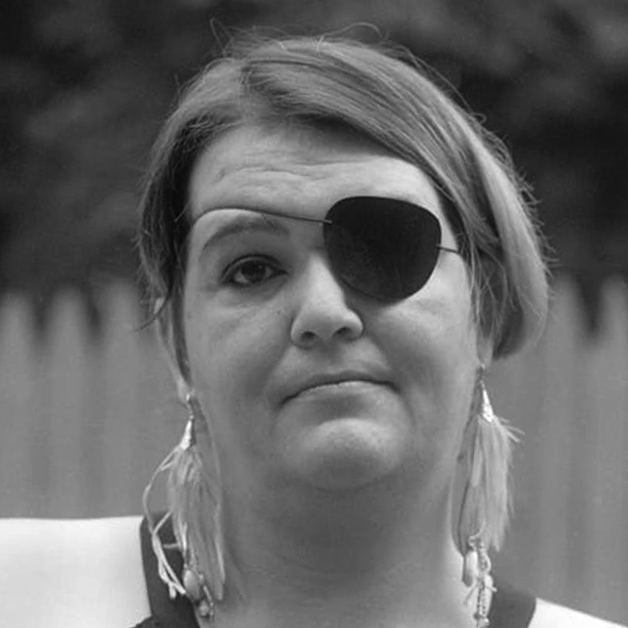
Shot with a less-lethal round while photographing police officers during 2020’s protests in Minneapolis, this journalist was blinded for life. Then came the long, isolating pursuit of justice and accountability that made her pain even worse.
READ PART VPART VI - AUSTIN'S 8TH ST. VICTIMSLess Lethal, Still Deadly
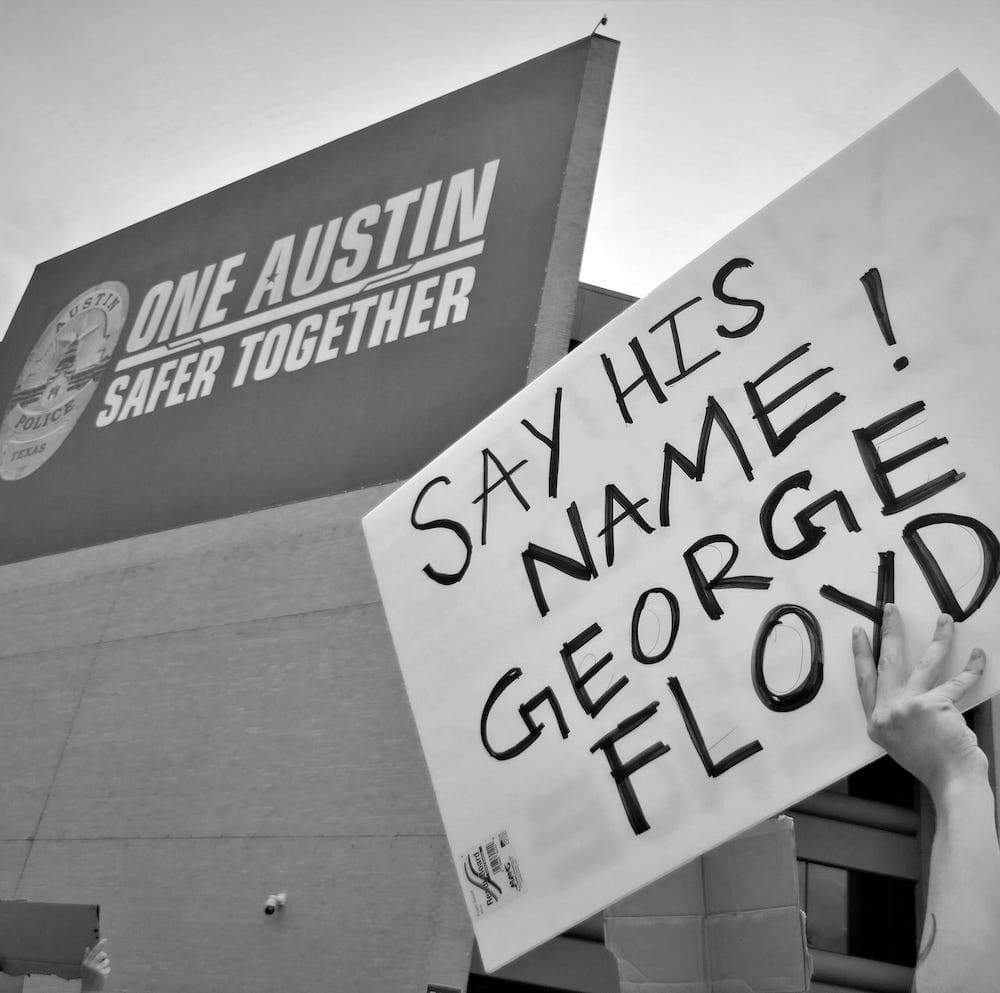
After two days of protests, hundreds of bean-bag rounds fired, and dozens of grievously injured victims, a showdown is looming in Texas between law enforcement and the law.
READ PART VIAndre MillerWhat is a rubber bullet?
BYLinda Rodriguez McRobbie
Will Matsuda for Long Lead
All shapes and sizes
No matter their shape, the principle behind KIPs is the same: Using kinetic impact to cause pain.
Blunt-impact projectiles
Bean-bag rounds
Pellets
Pepper balls and substance-containing KIPs
Tear gas canisters
Delivering pain compliance
KIPs’ highest-profile use is in crowd control. In those circumstances, the pain is meant to be enough to pressure people to leave the area, but not so great that they can’t do it without assistance.
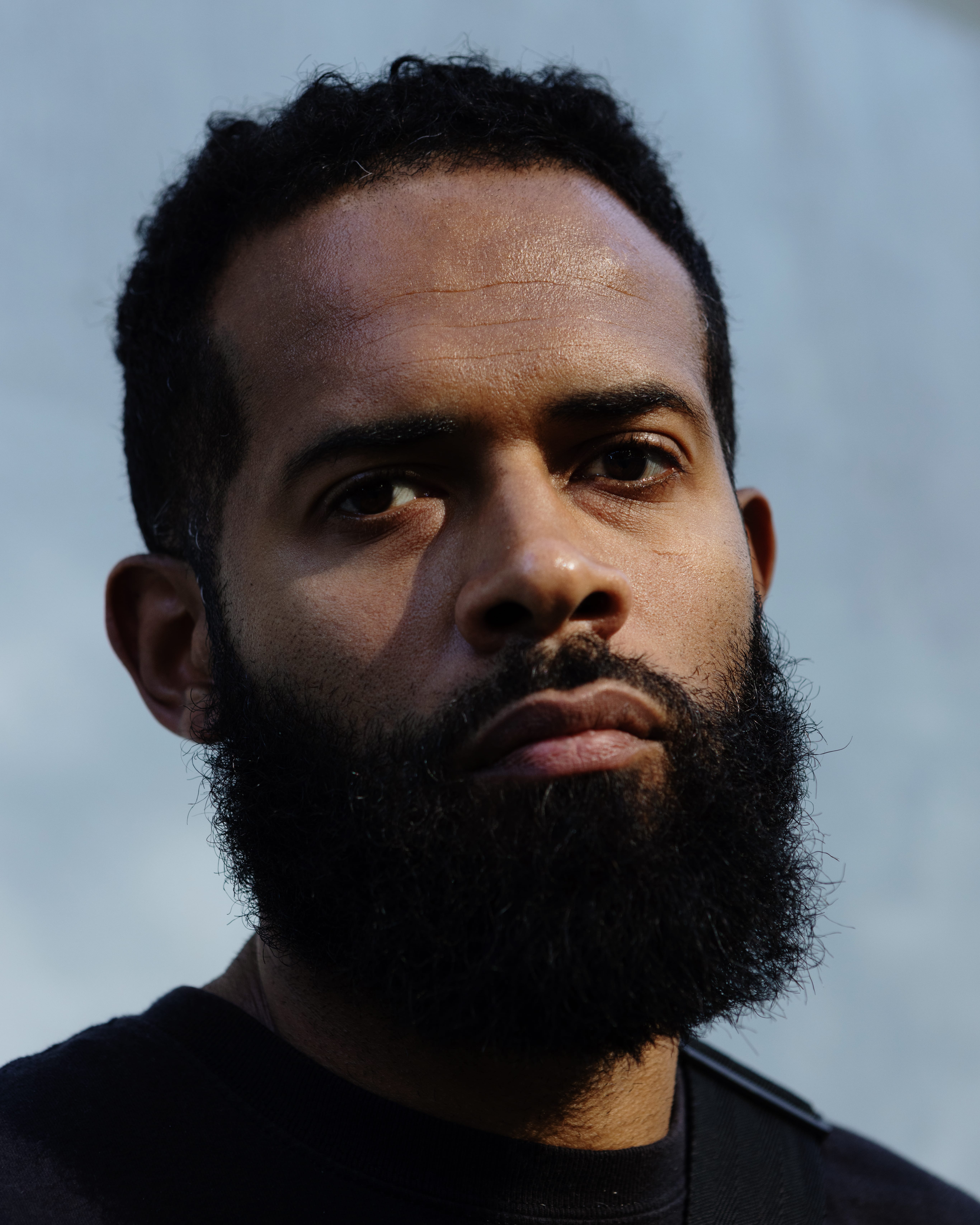
How KIPs injure and kill
Bean-bag rounds also “have a propensity to embed [themselves] into the body,” according to Pearson, and come with a high risk of infection when they do.
“A black hole of information”
The absence of comprehensive data leaves an enormous gap in understanding how less-lethal weapons were deployed, making drawing accurate conclusions about the relative dangerousness of KIPs extremely difficult.
A chilling effect
What happened in Portland was exceptional — more than 6,000 use-of-force reports, and even more unreported — but across the country, the availability of less-lethal weapons seemed to encourage police to use them.
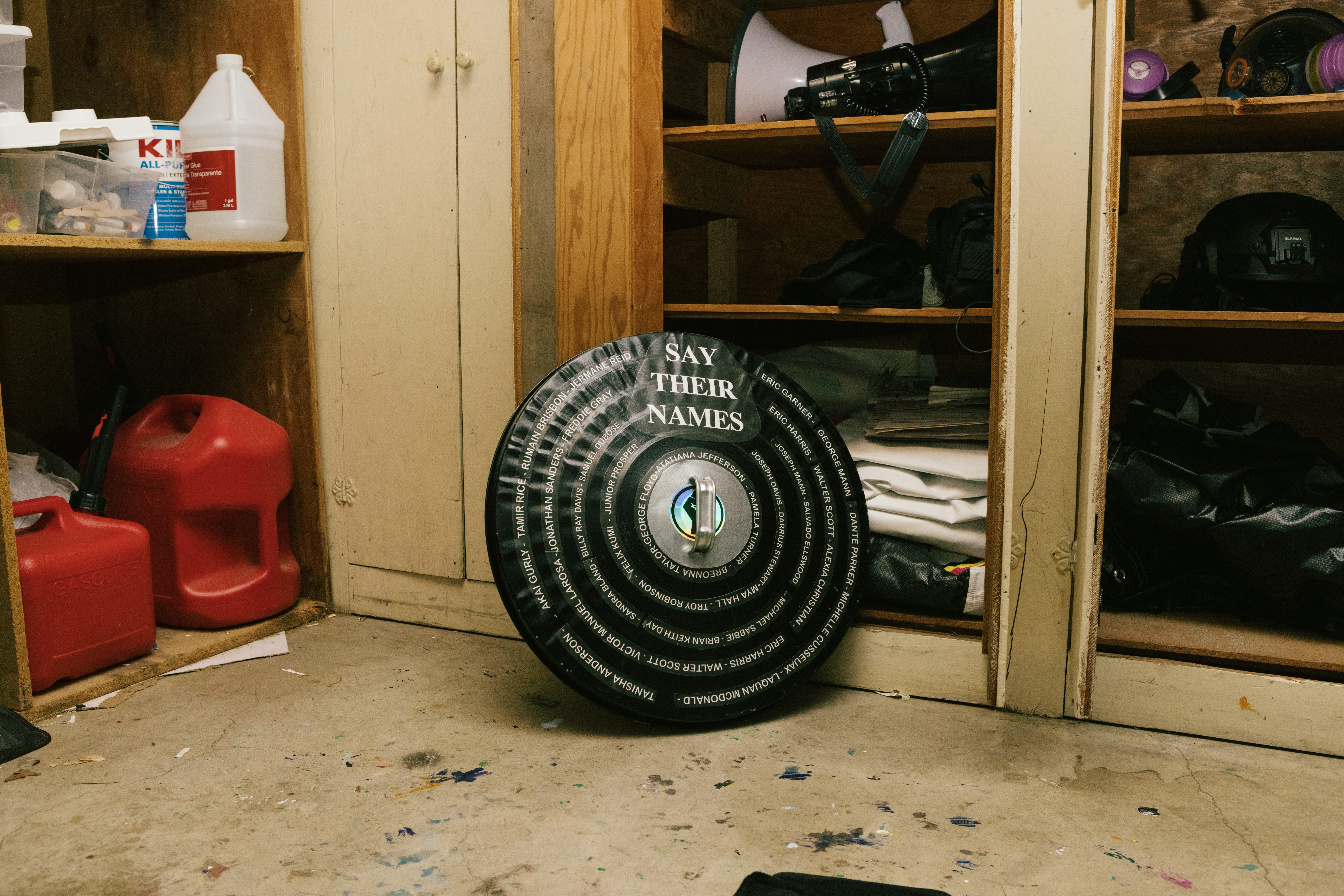
PART I - Scott Olsen“I DIDN'T REALIZE HOW BAD IT WAS.”

Shot in the head by police firing bean-bag rounds at demonstrators, this veteran awoke from a coma, returned to protesting, and became a symbol to the Occupy movement. Ten years later, he represents a life shattered by the misuse of less-lethal munitions.
READ PART IPART II - Andre MillerWhat is a rubber bullet?

Less-lethal munitions come in all shapes and sizes and can leave behind devastating wounds. Victims of KIPs often don’t know what hit them, unless — like this Black Lives Matter protester — there’s shrapnel left behind.
READ PART IIPART III - Richard MooreThe original rubber bullet

This 10-year-old from Derry, Northern Ireland was shot in the face with a rubber bullet while running home from school, an attack that blinded him for life. In the decades since, the U.K. has turned away from less-lethal munitions while U.S. law enforcement has increasingly embraced them. Why?
READ PART IIIPART IV - Victoria SnelgroveWhen Things Go Wrong

Everyone knew if the Red Sox ever beat the Yankees, Boston would burst. But what actually happened when they finally won exceeded people's worst fears. How a euphoric riot, a lack of police training, and an untested less-lethal weapon left a woman dead and city leaders seeking answers.
READ PART IVPART V - Linda TiradoThe Injustice of Suing the Police

Shot with a less-lethal round while photographing police officers during 2020’s protests in Minneapolis, this journalist was blinded for life. Then came the long, isolating pursuit of justice and accountability that made her pain even worse.
READ PART VPART VI - AUSTIN'S 8TH ST. VICTIMSLess Lethal, Still Deadly

After two days of protests, hundreds of bean-bag rounds fired, and dozens of grievously injured victims, a showdown is looming in Texas between law enforcement and the law.
READ PART VI